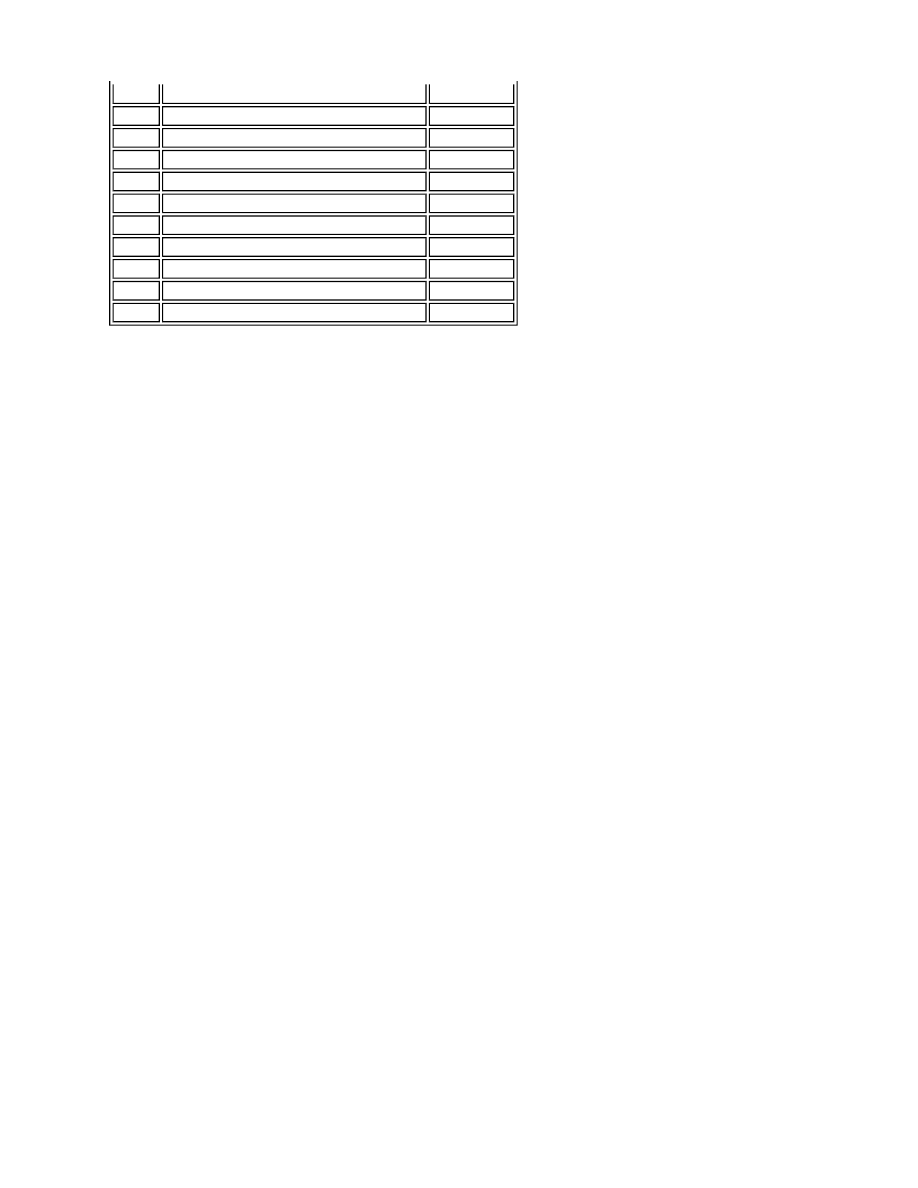LR3/Disco 3

The HU incorporates a power management function. Should the vehicle battery level drop below a predetermined level
the unit will limit its functionality. The HU receives CAN (controller area network) signals which help it determine the wake
up/shut down process. The following describes the wake up/shut down triggers initiated by the ignition key switching
cycle.
If CAN (controller area network) Bus activity is detected and the battery voltage is above 12.3 volts, the HU will
display the clock on the LCD (liquid crystal display) .
With the ignition key inserted and the ignition switch turned to ACC/AUX, the HU will operate normally in power
save mode if the HU was powered down with the 1 hour power save time out.
If the key is moved from ACC/AUX to IGN/RUN the HU still has normal functionality.
If the key is moved from IGN/RUN to crank HU audio is muted during engine crank.
Once engine cranking is complete and the ignition key is returned to IGN/RUN the HU will operate in normal
power mode.
Turning the key from IGN/RUN to ACC/AUX will cause the HU to go into power save mode, limiting the output
volume.
Turning the key from ACC/AUX to the key in position will cause the HU to operate in power save mode for ten
minutes. After this time the HU will go into stand by mode. If the ignition key is not removed and the CAN
(controller area network) network goes into sleep mode, the HU will shut down completely. The HU will only power
up again once any the following conditions have been met; The door lock status changes from lock to unlock, the
key position changes from key in to ACC/AUX, pressing the power button on the HU, inserting or ejecting a CD
(compact disc) .
Removing the ignition key will cause the HU to enter stand-by mode. The only exception to this is if a phone call is
in progress, where the HU will stay powered until the phone call is over and then return to stand-by mode.
All of the previous power strategies rely upon receiving the ignition key switch status via CAN (controller area network) .
Transit Mode
Transit mode is used to reduce the vehicle battery current drain whilst the vehicle is being stored or transported. Transit
mode is entered/exited via a CAN (controller area network) signal from T4. In transit mode the following circuits will be
disabled:
Amplifiers
Aux and phone call
Clock
Antenna power
LED (light emitting diode) illumination
In transit mode the CAN (controller area network) port and the ON/OFF switch are the only circuits that are left active.
The CAN (controller area network) port is left open to allow the EXIT from transit mode signal to be received. The ON/OF
switch is left active to allow feedback to the driver via the HU LCD (liquid crystal display) , that the unit is in Transit mode
should the driver attempt to power up the HU. This will only occur when the vehicle engine is running and the battery is
above 12.3 Volts.
Radio Function
10
CAN (controller area network) out -
-
11
Battery voltage
Input
12
Antenna power +
Output
13
Speaker front LH (left-hand) -
-
14
Speaker front LH (left-hand) +
Output
15
Speaker front RH (right-hand) -
-
16
Speaker front RH (right-hand) +
Output
17
Not used
-
18
Steering wheel controls reference voltage +
Output
19
CAN (controller area network) out +
Output
20
CAN (controller area network) out -
-
